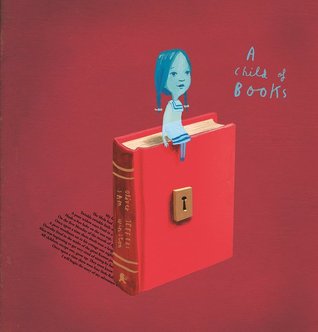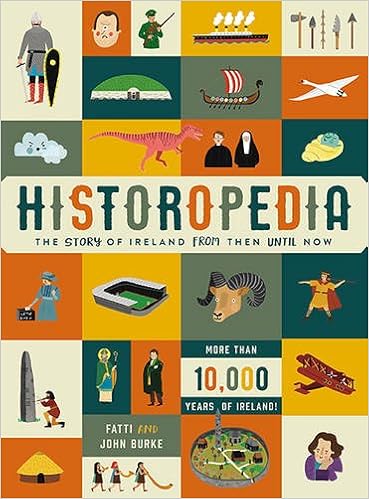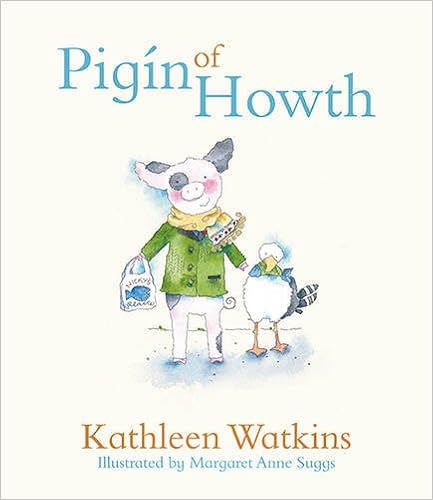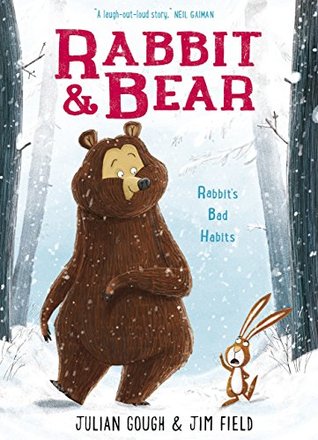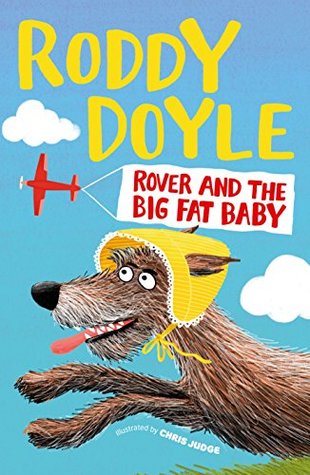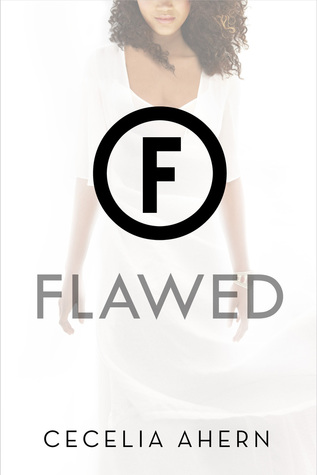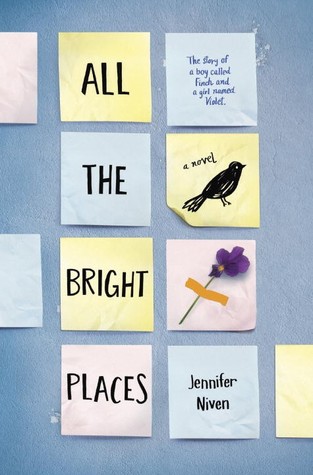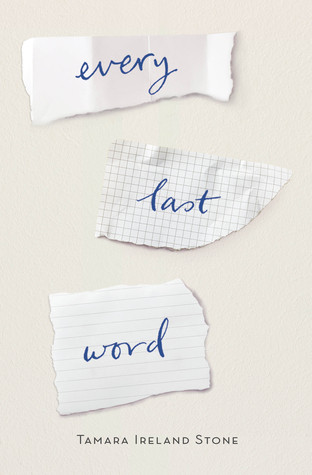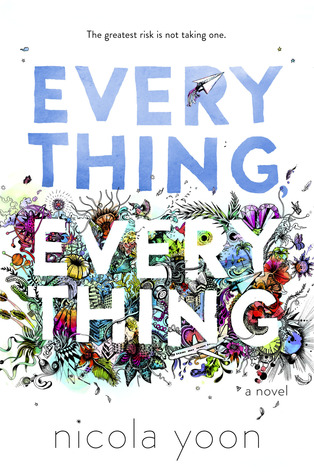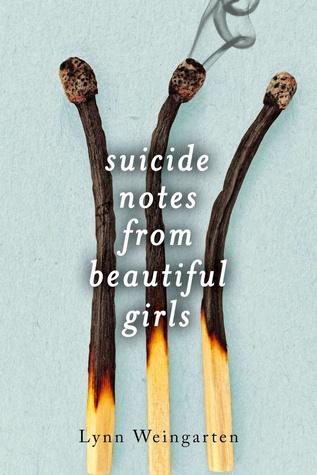The Secret Horses of Briar Hill by Megan Shepherd (InfoSoup)
Emmaline lives at a hospital that used to be a grand house. The gardens still exist, but they are overgrown and in shambles. When Emmaline looks into the mirrors in the hospital, she sees winged horses living in the world in the reflection. Then one day when she climbs into a walled garden on the grounds, she discovers a wounded winged horse named Foxfire who is unable to fly and seems to have entered Emmaline’s world. On the sundial, Emmaline discovers a letter from the Horse Lord that gives her a quest to surround Foxfire with all of the colors from the rainbow to protect her from a dark horse who is hunting her. But where is Emmaline going to find bright colors in her world of World War II gray?
Shepherd has crafted a novel for young readers that offers a glimpse into another world where mirrors are filled with wild winged horses. It is a world with a kind Horse Lord who needs a child’s help and also one filled with the hoof and wing beats of a huge Black Horse. Beautifully, she allows readers to wonder if Emmaline is entirely imagining the horses, and keeps that question up until the end and beyond. Yet readers who believe will adore this book filled with mirror magic and dreams.
The “still waters” that Emmaline fights are tuberculosis. Shepherd makes sure that readers know that this can kill when Emmaline loses her closest friend at the hospital. Emmaline’s own tragic past is also revealed late in the book. Though Emmaline is fighting for her life, she is also filled with determination to save the horses and fight back against darkness. As the still waters rise in her, so does the full moon which is the deadline of when she must find all of the colors.
Beautifully written, this novel takes readers to World War II England and the battles fought on the homefront. Appropriate for ages 9-12.
Reviewed from e-galley received from Edelweiss and Delacorte Books for Young Readers.





